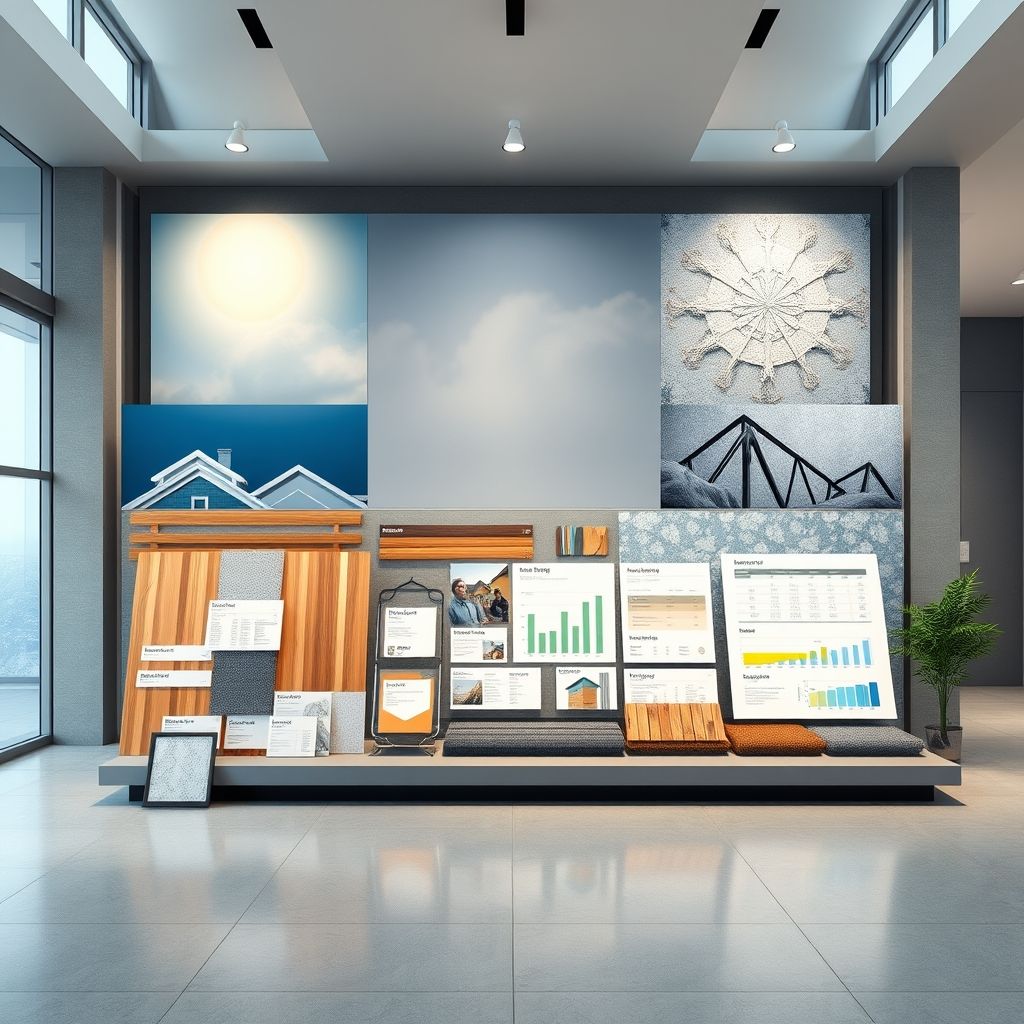Welcome to our Material Selection Guide for Different Climates, designed specifically for property developers in the green building and sustainable construction industry in Millicent. As we embrace a more environmentally-conscious approach to construction, it’s essential to consider the unique climatic conditions when selecting materials for your projects. By making informed decisions, you’ll not only reduce your environmental impact but also create durable and energy-efficient buildings that stand the test of time.
Section 1: Tropical Climates
In regions with a tropical climate, high humidity and temperatures necessitate materials that can withstand moisture and heat.
- – **Timber**: Plantation-grown hardwoods, such as merbau and ironbark, are suitable for outdoor use due to their durability and resistance to decay.
- – **Metal Roofing**: Colorbond steel is an excellent choice for its durability, fire resistance, and low maintenance requirements.
Section 2: Temperate Climates
Temperate regions experience four distinct seasons, making it essential to select materials that can withstand fluctuating temperatures and weather conditions.
- – **Brick and Concrete**: These materials provide excellent insulation, maintaining comfortable indoor temperatures in both summer and winter.
- – **Double-Glazed Windows**: Reduce heat transfer and improve energy efficiency by incorporating double-glazed windows into your design.
Section 3: Arid Climates
Dry and hot conditions call for materials that can withstand extreme temperatures and low humidity.
- – **Concrete**: In addition to its insulating properties, concrete is highly durable and requires minimal maintenance in arid climates.
- – **Reflective Roofing**: Light-coloured roofing materials, such as white tile or metal, reflect heat and help keep buildings cool.
FAQs
Q: What are the benefits of using sustainable materials in construction?
A: Sustainable materials offer numerous advantages, including reduced environmental impact, improved energy efficiency, and enhanced durability. Additionally, they contribute to healthier indoor air quality, which is essential for the well-being of building occupants.
Q: How can I ensure that the materials I choose are sustainable?
A: To ensure the sustainability of your materials, look for certifications such as Forest Stewardship Council (FSC) for timber, GECA (Good Environmental Choice Australia) for various products, and GreenStar for building projects. Additionally, consider the lifecycle of the materials, including their sourcing, production, use, and disposal.
Q: How does climate affect the choice of building materials?
A: Climate plays a significant role in the selection of building materials as it directly impacts the performance and durability of materials in different weather conditions. By choosing materials that are suitable for the local climate, you can create buildings that are energy-efficient, durable, and resilient.
By understanding the unique requirements of different climates and selecting materials that cater to these conditions, property developers in Millicent can create sustainable and energy-efficient buildings that not only meet the needs of their clients but also contribute to a greener, more sustainable future.
Are you ready to take your green building projects to the next level? Contact us today to discuss how our Material Selection Guide for Different Climates can help you create successful, sustainable projects in Millicent.

